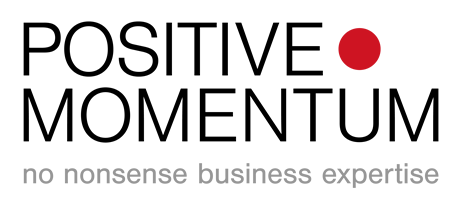We held our first Board meeting 141 years ago in 1879. Next month I think we’ll be holding our 1,128th. Centurion is my family’s business and our hats have been keeping people’s heads safe around the world since Queen Victoria was on the throne, Benjamin Disraeli was Prime Minster and, oh yes, Fulham Football Club was formed.
Why is it, though, that Board meetings are so much more difficult to pull off than regular team meetings? They tend to be formal with a fixed agenda, you probably don’t communicate as regularly as you really should, and you’re there to represent stakeholders who are not present, as well thinking about what’s best for yourself.
All this can create a potent mix of toil and trouble, and an environment almost as inhospitable as the places where our customers wear our hats. So here are three guiding principles for great Board meetings which were just as relevant back in 1879 as they are today.
Build personal relationships
We all know that it takes time to build trust and rapport and yet how often do we take the trouble to really get to know our fellow Board members? Hands up, not enough I suspect. So, forget your “just in time” Board default, why not try turning up early, sharing a coffee, and hanging around afterwards?
I have been told that I look like my father and apparently, I even sound like him too, and yet we’ve had very different business careers. To the Centurion Board I was initially viewed as my father’s son, so breaking down those barriers and being seen as my own man, with a very different skill-set and business experience, was my first challenge and opportunity.
I was so glad that I made an extra effort and invested additional time with the other Board members so that they got to know me and vice versa. If nothing else, it makes those tricky conversations easier and therefore in retrospect this was time very well spent.
Create a communication plan
What is your Board approved shareholder communication plan? Is it viewed as an essential engagement piece to help you keep your shareholder base aligned?
At Centurion we have divided our shareholders into different blocks, and we tailor our communication accordingly. We have over 50 shareholders who currently span four generations. Some members of the family have significant shareholdings, some don’t. We spend a lot of time planning and encouraging attendance at the AGM.
What all of this means for those of us on the Board is that we are very focused on communicating the cash and investment needs of the business and balancing this with delivering on our sustainable dividend policy.
In my experience, be prepared to spend more time on this topic than you would typically think. It certainly receives more Board airtime at Centurion than would normally be the case in other businesses which I am involved in.
Avoid conflict
There are two types of potential Board conflicts: Differences in views and differences in interests.
Having an independent Chair and a balanced Board is a core part of our governance strategy. We decided many years ago not to offer the Chair any shares in the company. We have found this the best way to avoid any perceived conflicts of interest when it comes to making key decisions.
We encourage the Executive team to take the time to discuss and align on key topics before coming to Board meetings and the NEDs do the same. Not only does this lead to more productive Board meetings, but it is often easier to discuss certain sensitive matters privately, rather than airing any disagreements publicly at the meeting.
I’m one of two family representatives on the Board and between us we represent the majority of the family shareholders. Also, on the Board are the three core members of the Executive team. A total of six Board members creates a dynamic and productive Board environment. If it were any bigger, it could become unwieldy.
Over the last 141 years, there have been many challenges for the Board at Centurion to discuss and overcome. The current Covid crisis is one for my generation to face and tackle and the Centurion family baton is in my hands.
A company doesn’t survive 141 years without discipline, sticking to good practice, and excellent teamwork and communication. This applies as much to our staff and customers in the field as it does to the members of the Board.








